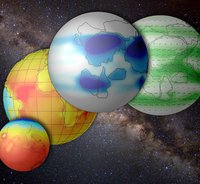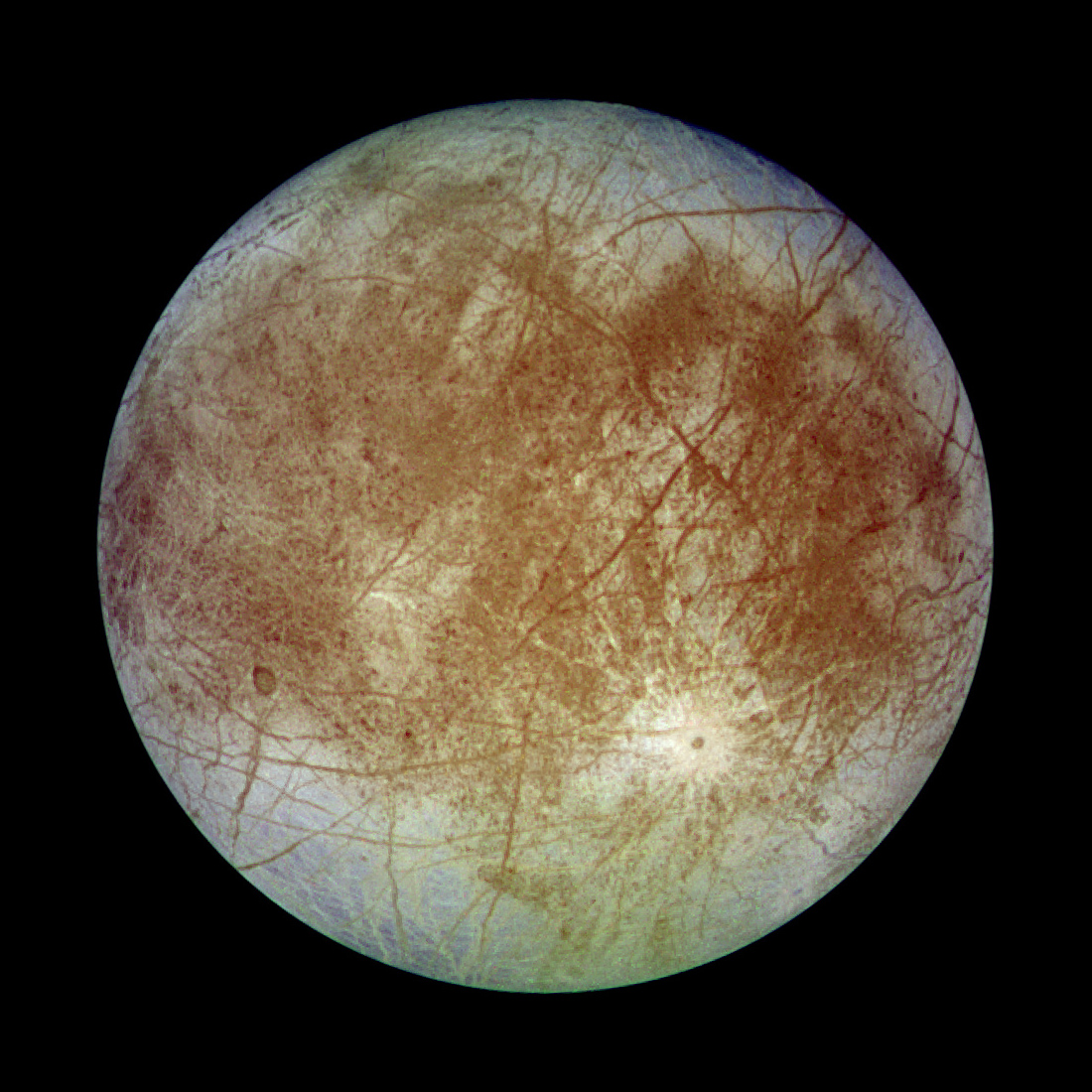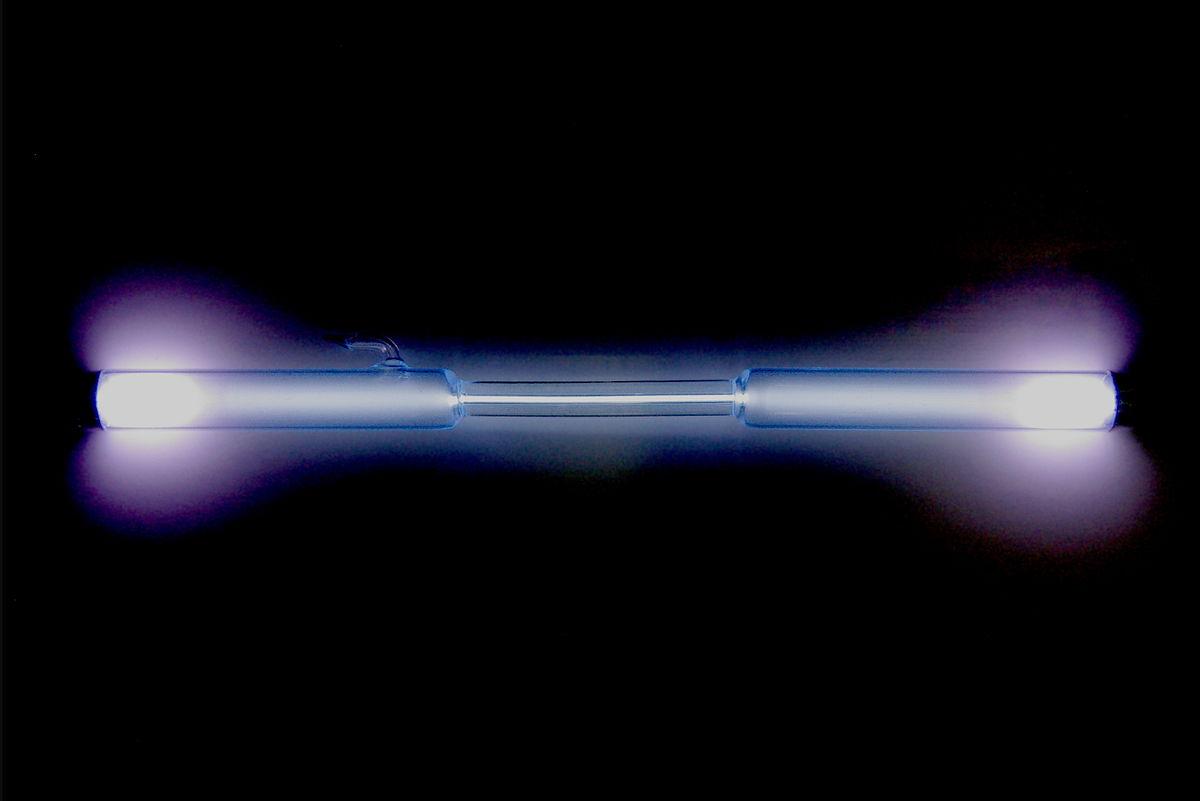
The search for habitable planets has thus far relied on a simple estimate of whether a rocky planet similar to Earth in size exists at a distance from its star that could possibly allow it to sustain surface liquid water. Eventually we may find that a few such planets actually do have water, in the atmosphere and perhaps at the surface. The question then shifts to whether these planets have detectable life. Many factors determine the answer to this question. One is the planet’s climate, which may be possible to constrain within several decades. I will discuss how 3D global climate models forced by potentially observable parameters can tell us not only the surface temperature, but whether a planet has a larger or smaller extent of habitability, by actually “following the water.” This then leads to the question: Why look for an Earth twin, if we can do better?
 Getting Under Europa’s Skin
Getting Under Europa’s Skin Tracing Formation and Evolution of Outer Solar System Bodies Through Stable Isotopes and Noble Gas Abundances
Tracing Formation and Evolution of Outer Solar System Bodies Through Stable Isotopes and Noble Gas Abundances Photosynthesis, a Planetary Revolution
Photosynthesis, a Planetary Revolution Xenon: King of the Gases
Xenon: King of the Gases